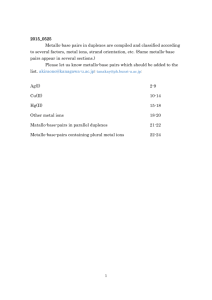CODECS 2013 Workshop. San Lorenzo de El Escorial, Madrid, 18th
advertisement
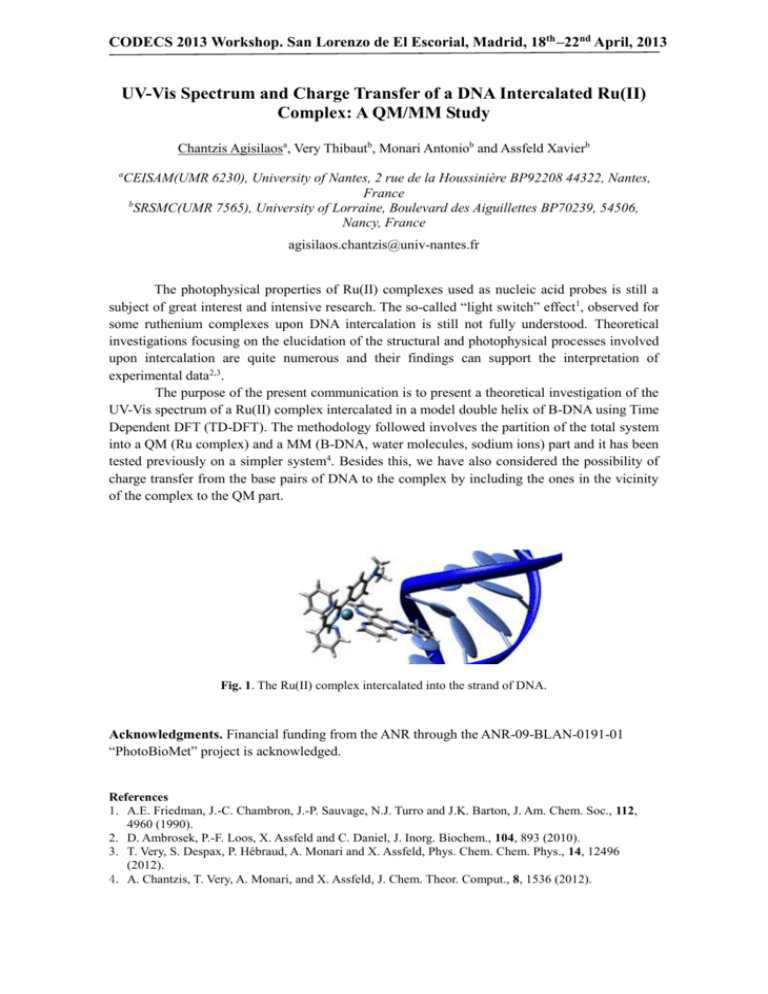
CODECS 2013 Workshop. San Lorenzo de El Escorial, Madrid, 18th –22nd April, 2013 UV-Vis Spectrum and Charge Transfer of a DNA Intercalated Ru(II) Complex: A QM/MM Study Chantzis Agisilaosa, Very Thibautb, Monari Antoniob and Assfeld Xavierb a CEISAM(UMR 6230), University of Nantes, 2 rue de la Houssinière BP92208 44322, Nantes, France b SRSMC(UMR 7565), University of Lorraine, Boulevard des Aiguillettes BP70239, 54506, Nancy, France agisilaos.chantzis@univ-nantes.fr The photophysical properties of Ru(II) complexes used as nucleic acid probes is still a subject of great interest and intensive research. The so-called “light switch” effect1, observed for some ruthenium complexes upon DNA intercalation is still not fully understood. Theoretical investigations focusing on the elucidation of the structural and photophysical processes involved upon intercalation are quite numerous and their findings can support the interpretation of experimental data2,3. The purpose of the present communication is to present a theoretical investigation of the UV-Vis spectrum of a Ru(II) complex intercalated in a model double helix of B-DNA using Time Dependent DFT (TD-DFT). The methodology followed involves the partition of the total system into a QM (Ru complex) and a MM (B-DNA, water molecules, sodium ions) part and it has been tested previously on a simpler system4. Besides this, we have also considered the possibility of charge transfer from the base pairs of DNA to the complex by including the ones in the vicinity of the complex to the QM part. Fig. 1. The Ru(II) complex intercalated into the strand of DNA. Acknowledgments. Financial funding from the ANR through the ANR-09-BLAN-0191-01 “PhotoBioMet” project is acknowledged. References 1. A.E. Friedman, J.-C. Chambron, J.-P. Sauvage, N.J. Turro and J.K. Barton, J. Am. Chem. Soc., 112, 4960 (1990). 2. D. Ambrosek, P.-F. Loos, X. Assfeld and C. Daniel, J. Inorg. Biochem., 104, 893 (2010). 3. T. Very, S. Despax, P. Hébraud, A. Monari and X. Assfeld, Phys. Chem. Chem. Phys., 14, 12496 (2012). 4. A. Chantzis, T. Very, A. Monari, and X. Assfeld, J. Chem. Theor. Comput., 8, 1536 (2012).



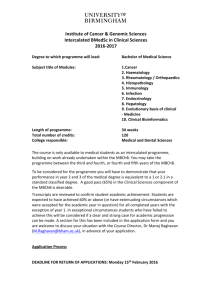



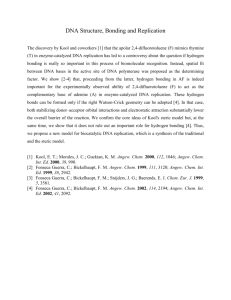

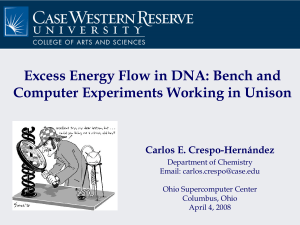
![First-principles evaluation of multi-valent cation insertion into orthorhombic V[subscript 2]O[subscript 5]](http://s2.studylib.net/store/data/012132290_1-7f5a1e5c53f0b06fc12d6cd891ff0f38-300x300.png)
